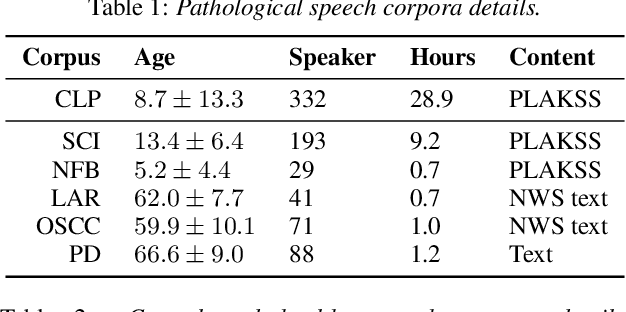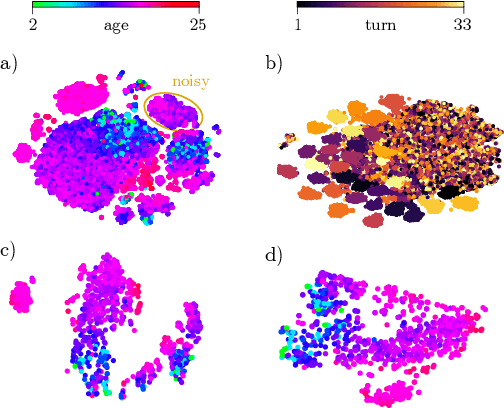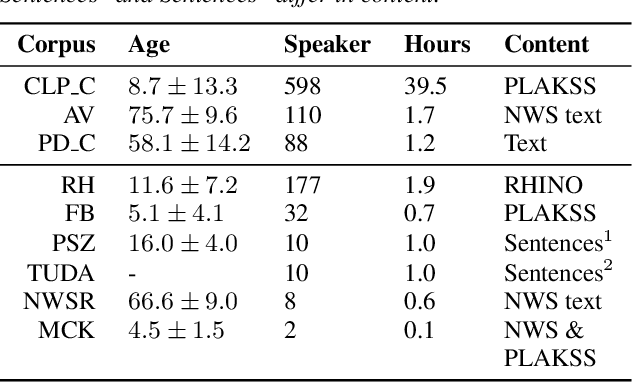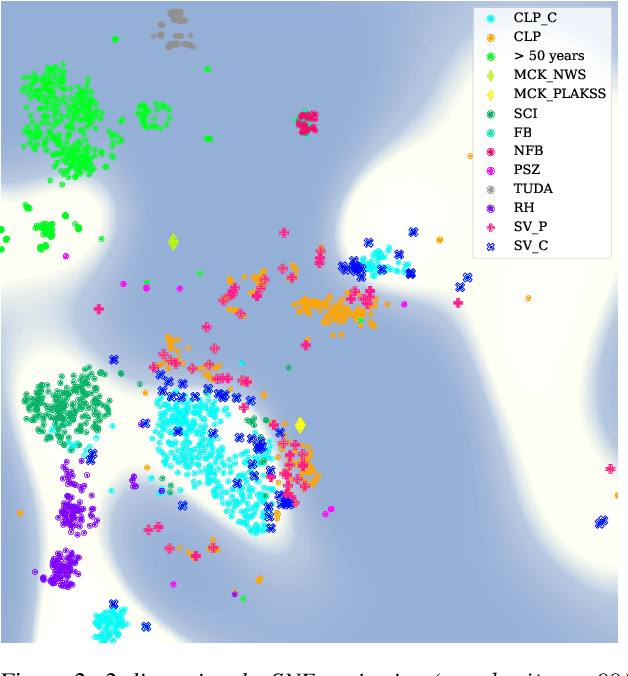The Importance of Speech Stimuli for Pathologic Speech Classification
Paper and Code
Oct 28, 2022



Current findings show that pre-trained wav2vec 2.0 models can be successfully used as feature extractors to discriminate on speaker-based tasks. We demonstrate that latent representations extracted at different layers of a pre-trained wav2vec 2.0 system can be effectively used for binary classification of various types of pathologic speech. We examine the pathologies laryngectomy, oral squamous cell carcinoma, parkinson's disease and cleft lip and palate for this purpose. The results show that a distinction between pathological and healthy voices, especially with latent representations from the lower layers, performs well with the lowest accuracy from 77.2% for parkinson's disease to 100% for laryngectomy classification. However, cross-pathology and cross-healthy tests show that the trained classifiers seem to be biased. The recognition rates vary considerably if there is a mismatch between training and out-of-domain test data, e.g., in age, spoken content or acoustic conditions.
 Add to Chrome
Add to Chrome Add to Firefox
Add to Firefox Add to Edge
Add to Edge